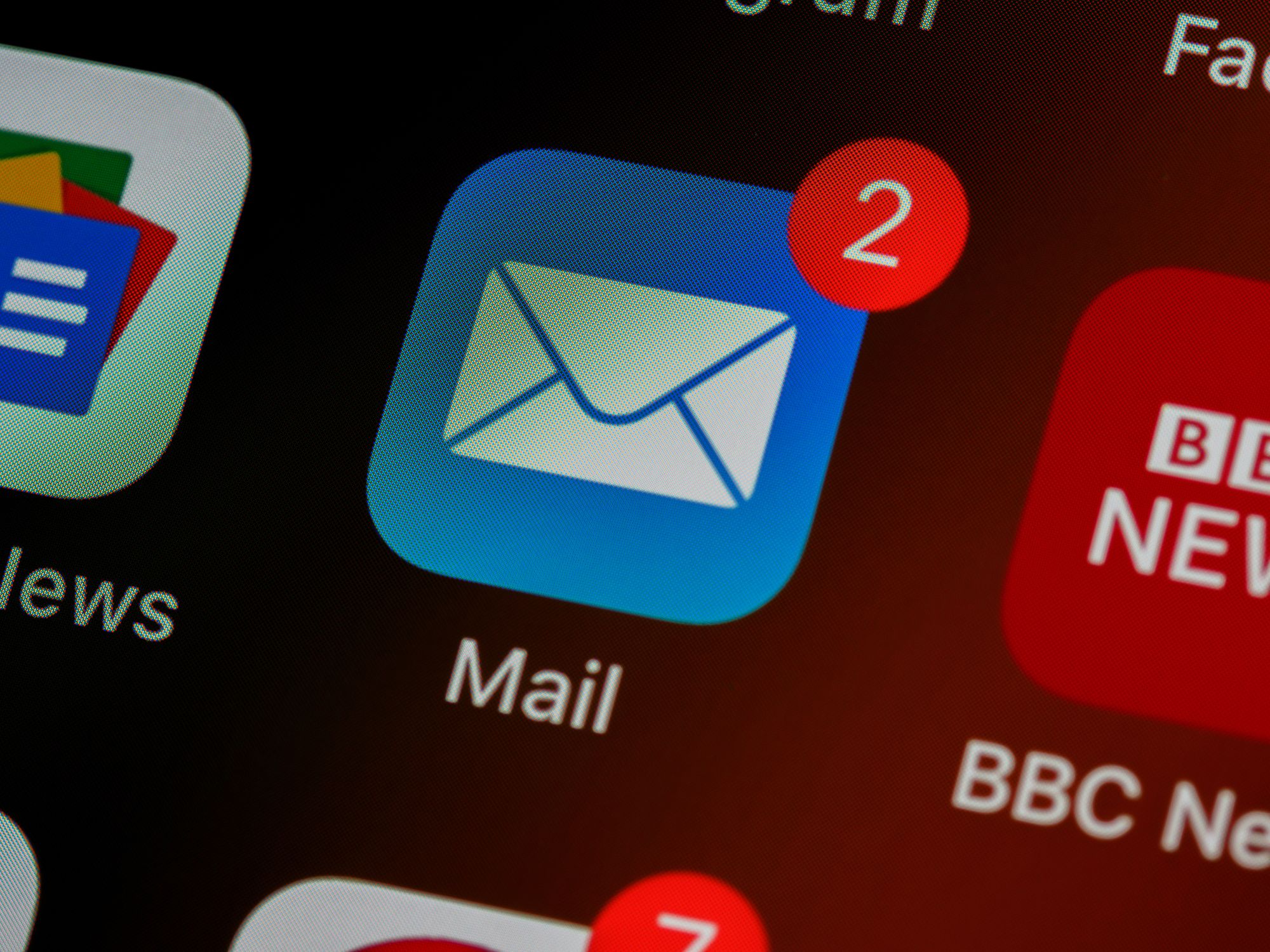In the world of email marketing, the quality of your contact list can make all the difference in the success of your campaigns. One critical aspect of maintaining a high-quality contact list is ensuring that the email addresses you collect are accurate and deliverable. This is where email validation code comes into play. In this article, we will explore the significance of email validation, discuss popular techniques for implementing email validation in JavaScript, and provide comprehensive insights to help you achieve accurate and deliverable email addresses for your marketing efforts.
The Importance of Email Validation

Email validation is the process of verifying the authenticity and deliverability of an email address. It plays a crucial role in email marketing for the following reasons:
- Improved Data Quality: By validating email addresses, you can ensure that your contact list only contains accurate and properly formatted email addresses. This improves the overall quality of your data and reduces the risk of bouncing or undeliverable emails.
- Enhanced Deliverability: Validating email addresses helps identify and remove invalid or inactive addresses from your list. This ensures that your emails reach active recipients and reduces the likelihood of being flagged as spam.
- Cost and Time Efficiency: By eliminating invalid email addresses, you save valuable time and resources by focusing your efforts on engaging with genuinely interested recipients. This improves the efficiency of your email marketing campaigns and maximizes your return on investment (ROI).

Popular Email Validation Techniques

Implementing email validation code in JavaScript is a common approach for validating email addresses. Here are a few popular techniques used for email validation:
- Regular Expressions (RegEx): Regular expressions are powerful patterns that match and validate specific patterns of text. Using RegEx, you can define patterns that match the structure of a valid email address, such as the format of the local part, the @ symbol, and the domain name. JavaScript provides built-in support for regular expressions, making it a popular choice for email validation.
- JavaScript Validation Libraries: Several JavaScript libraries, such as Verifalia, simplify the process of email validation by providing ready-to-use functions and methods. These libraries often offer advanced validation features, including domain-specific checks and real-time validation capabilities.
Reliable Resources for Implementing Email Validation in JavaScript

To implement email validation in JavaScript effectively, you can refer to reliable resources that offer comprehensive guidance and code samples. Here are a few trusted sources:
- W3Resource: W3Resource provides a detailed tutorial on email validation in JavaScript, explaining the concept, providing code examples, and guiding you through the implementation process.
- Simplilearn: Simplilearn offers a tutorial on email validation in JavaScript, covering the basics of email validation and providing step-by-step instructions for implementing the code.
- Verifalia: Verifalia offers an email validation service that provides JavaScript code samples and comprehensive documentation. Their resources can help you implement accurate email validation quickly and efficiently.
- Edureka: Edureka's blog provides an in-depth tutorial on email validation in JavaScript, covering various techniques and offering code examples for different scenarios.
Frequently Asked Questions (FAQs)
1. What is the best way to validate an email address?
One of the most reliable ways to validate an email address is by using regular expressions (RegEx) in JavaScript. RegEx allows you to define patterns that match the structure of a valid email address, ensuring accurate validation.
2. Can email validation guarantee deliverability?
While email validation can verify the format and structure of an email address, it cannot guarantee deliverability. Other factors, such as the recipient's email server settings, spam filters, and the accuracy of the provided email address, can affect deliverability.
3. How often should I validate my email list?
It is recommended to validate your email list regularly, especially before starting a new email marketing campaign. Regular validation helps maintain a high-quality contact list and ensures that your emails reach active recipients.
Achieve Email Perfection with Email Validation Code
Implementing email validation code is a crucial step in maintaining a high-quality contact list and ensuring the accuracy and deliverability of your emails. By embracing the power of JavaScript and leveraging reliable resources, you can implement robust email validation techniques. Empower your email marketing campaigns with validated email addresses, enhance engagement, and maximize the results of your email marketing efforts. Master the art of email validation and unlock the full potential of your email marketing strategy.

